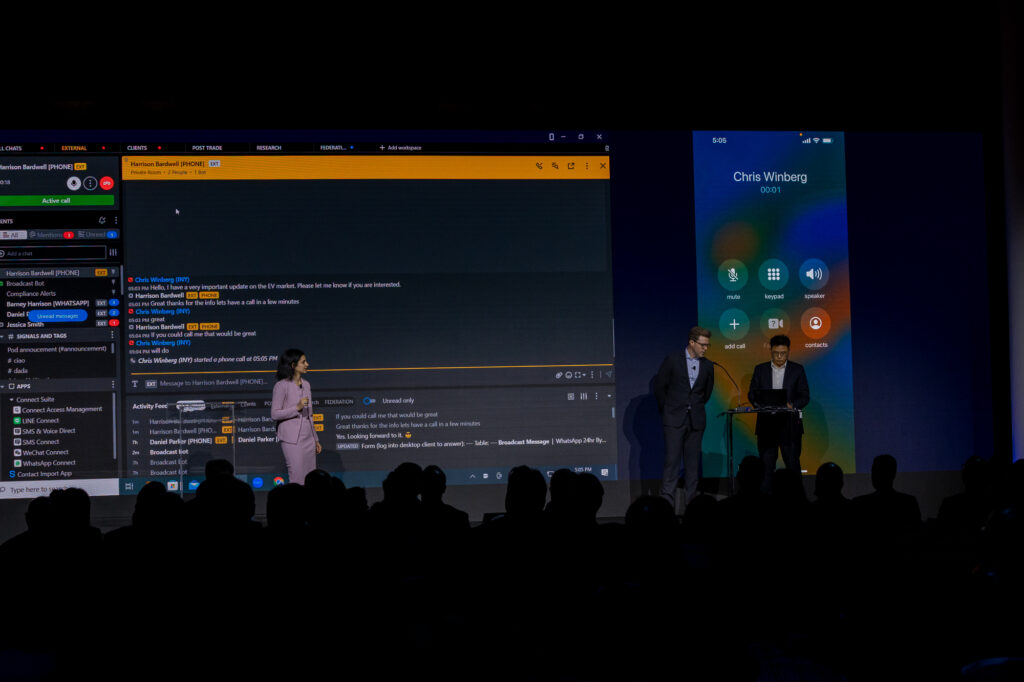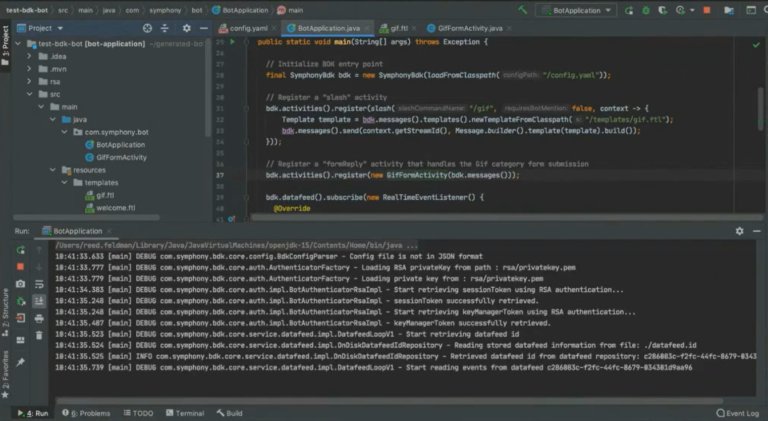
Symphony’s 2024 So Far: Responsible Business Growth with Security and Compliance in Focus
Symphony is now in its tenth year of developing secure and compliant communications technology for global financial market participants. With over 500,000 users and more than 1300 firms using Symphony solutions, our industry relevance [and reliance] is widely recognized by clients, partners, regulators and journalists.















